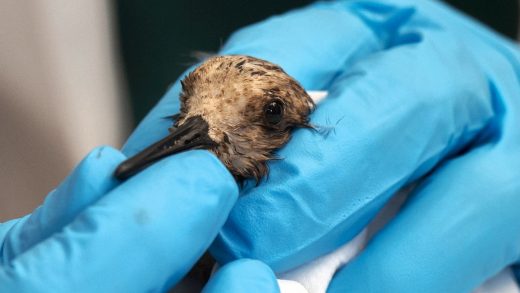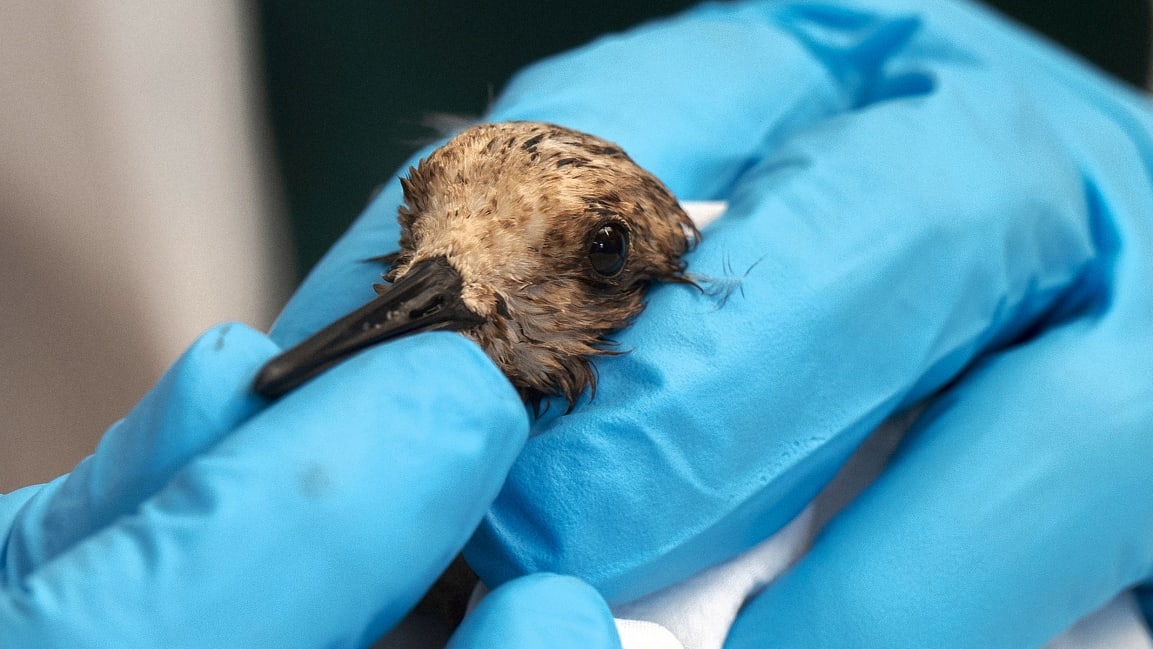They really do use dish soap to save oil-covered seabirds
Last Sunday, a day after tens of thousands of gallons of oil spewed from an underwater pipeline into the water off the coast of Huntington Beach, California, volunteers brought an early victim—an oil-coated duck—into a rehabilitation center.
“The bird was completely covered in oil,” says JD Bergeron, CEO of International Bird Rescue, the nonprofit that treated the duck. The team didn’t immediately try to clean it, having learned over years of experience that birds usually need time to recover before they’re strong enough to deal with the stress of having humans scrub them down. “I like to describe it as the worst day in that bird’s life, but that gives it a chance to live,” he says. “Human beings are grabbing and submersing it in water and soap.”
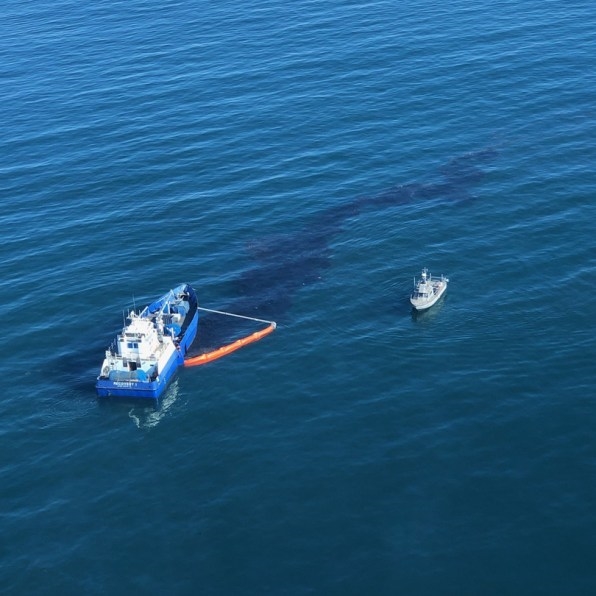
After birds are washed in a tub with Dawn dishwashing soap—the brand that rescuers have no business relationship with, they landed on it after trial and error—they’re rinsed off with a high-pressure nozzle and put in a soft pen with a hairdryer. (Dawn is gentle and effective at the right temperature to wash birds, Bergeron says, without damaging a bird’s feathers or skin; the nonprofit eventually convinced the company to publicize the fact that the product could be used this way.) Birds usually then begin to preen, rearranging they feathers so they can begin to function normally again; oil stops feathers from protecting the bird from getting cold and wet. The team starts doing waterproofing tests to make sure there aren’t any spots that still need to be cleaned. After three to six weeks of rehabilitation, the bird can be released back into the wild.
When people first started trying to de-oil birds decades ago, the process wasn’t as successful. After a major oil spill off the coast of Santa Barbara, California, in 1969, the beaches were filled with seabirds covered in black sludge. (The images eventually helped inspire the first Earth Day.) At the time, when volunteers attempted to clean the birds, few survived. A study in the 1990s that looked back at efforts to save birds after oil spills found that most of the birds only survived for days after they were released.
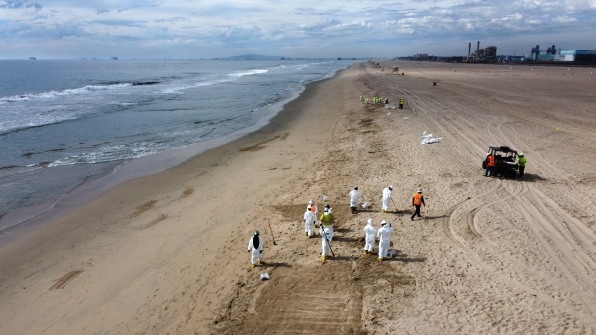
Still, more recent studies suggest more success. In an oil spill near South Africa in 2000, volunteers washed off 17,000 penguins; a study later suggested that the penguins survived at normal rates after they were released. “Capturing and working on all of these birds is a huge amount of effort,” says Matt Bracken, an ecology and evolutionary biology professor at the University of California, Irvine. But, he says, studies suggest that “if the birds make it initially, then they’re going to do all right. Subsequent breeding success, and the subsequent survival isn’t as high as completely [unaffected] groups,” he adds, “but it is still relatively high. So it’s one of these interesting situations where it takes a lot of work to do it, but it can be done successfully. And so, especially in cases where birds and mammals are threatened or endangered, it makes a lot of sense to at least try.”
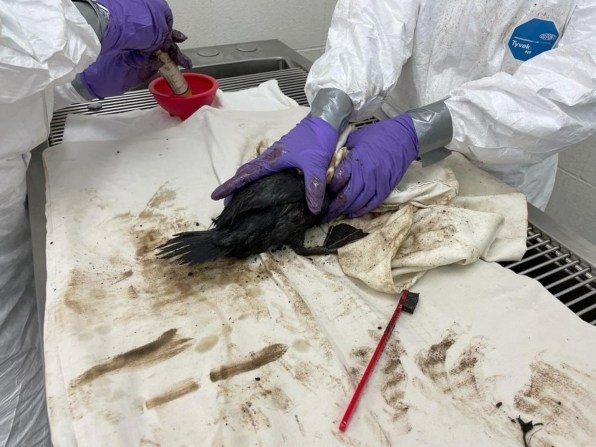
The success may vary depending on the species, and scientists have limited information about long-term success of the birds when they return to the wild, though there are some anecdotal examples of long-term survival. “If we’re talking about reentry of oiled birds into a breeding population, we generally don’t know how well it works,” says William Sydeman, chief scientist at the Farallon Institute for Advanced Ecosystem Research. “Can they survive rehab and be released back into the marine environment? Mostly, the answer is yes. But in my view, there are likely lingering sub-lethal effects that are not well known and may affect future breeding activity.”
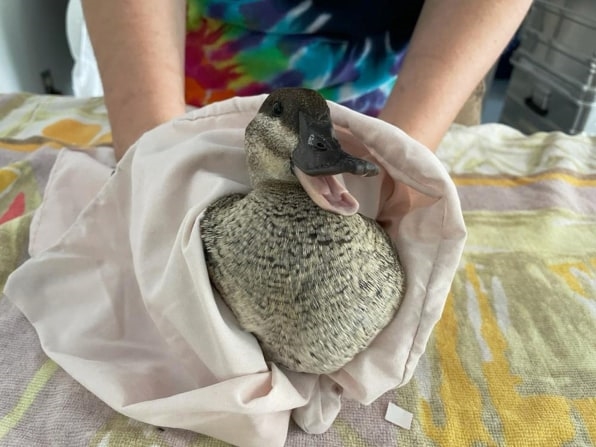
And, of course, many birds and other animals that get caught in the path of an oil spill don’t survive long enough to have a chance to be cleaned. By one estimate, more than 100,000 birds were killed in the Deepwater Horizon oil spill. In the current spill in Huntington Beach, few oiled birds have been discovered so far—perhaps because they were lucky enough to avoid the area, by chance, or perhaps because they are dying now and haven’t yet washed up on shore, Sydeman says.
It isn’t possible to fully prevent future accidents on pipelines, and cleanup is still challenging when spills happen. The only complete solution is to stop drilling for oil— something that also needs to happen to tackle climate change. “We need to stop using fossil fuels,” he says.
(45)

